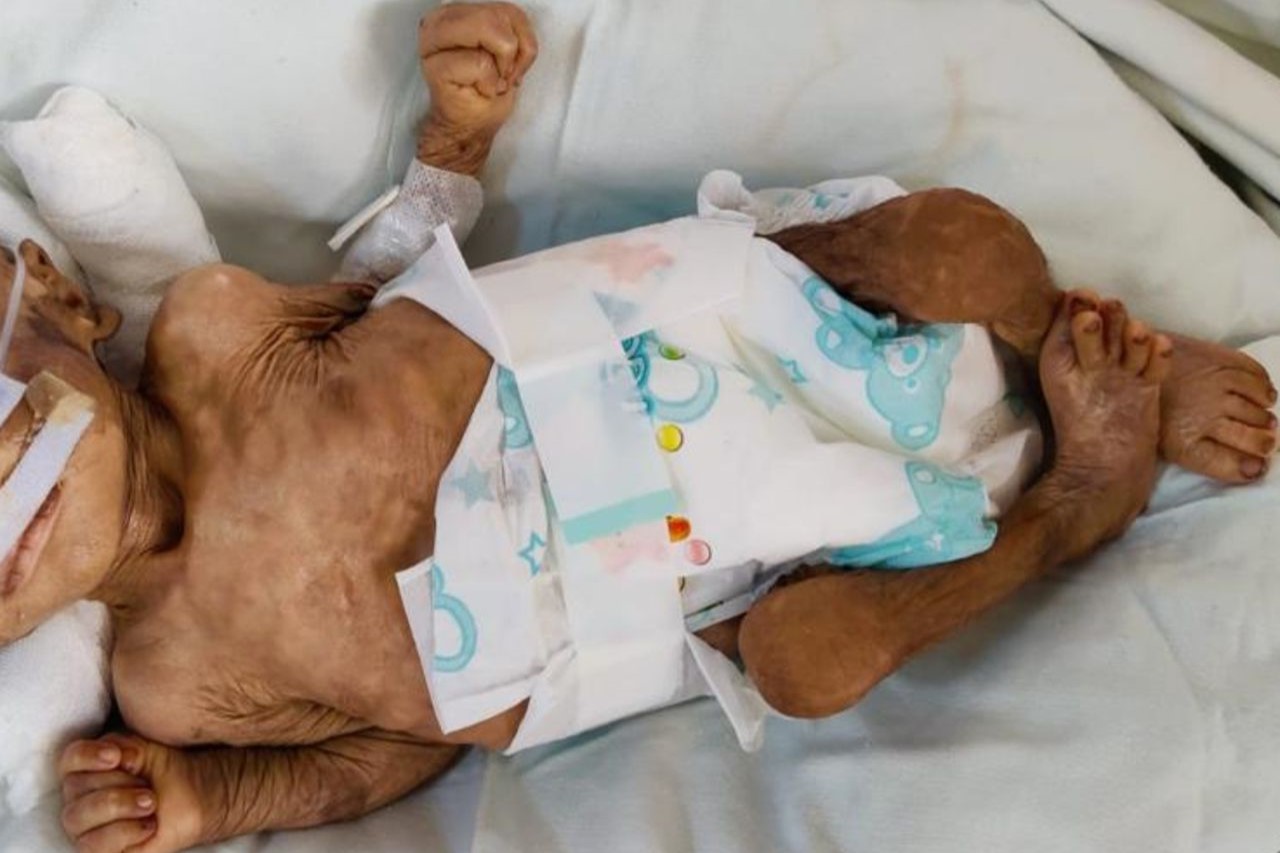
Arthrogryposis–Renal Dysfunction–Cholestasis Syndrome (ARC Syndrome) is a rare genetic disorder that affects multiple systems in the body. Characterized by joint contractures, kidney problems, and liver issues, this condition presents significant challenges for those diagnosed. Understanding ARC Syndrome can be crucial for early diagnosis and management. Did you know that ARC Syndrome is caused by mutations in the VPS33B or VIPAR genes? These genes play a role in cellular processes, and their malfunction leads to the symptoms seen in ARC Syndrome. With only a few hundred cases reported worldwide, it's essential to spread awareness and knowledge about this condition. Let's dive into 22 fascinating facts about ARC Syndrome to better understand its complexities and the impact it has on individuals and families.
Key Takeaways:
- ARC Syndrome is a rare genetic disorder affecting joints, kidneys, and liver. Early diagnosis and comprehensive care can improve quality of life for those affected.
- While there is no cure for ARC Syndrome, treatments like physical therapy and medications can help manage symptoms and improve the prognosis. Ongoing research offers hope for the future.
What is Arthrogryposis–Renal Dysfunction–Cholestasis Syndrome?
Arthrogryposis–Renal Dysfunction–Cholestasis (ARC) Syndrome is a rare genetic disorder. It affects multiple systems in the body, leading to a range of symptoms. Understanding this condition can help in managing it better.
- ARC Syndrome is caused by mutations in the VPS33B or VIPAR genes.
- It is inherited in an autosomal recessive manner, meaning both parents must carry the gene.
- The syndrome is characterized by three main features: joint contractures (arthrogryposis), kidney problems (renal dysfunction), and liver issues (cholestasis).
Symptoms of ARC Syndrome
The symptoms of ARC Syndrome can vary widely. They often affect multiple organs and systems, making diagnosis challenging.
- Joint contractures are present at birth, limiting movement.
- Renal dysfunction can lead to kidney failure or other serious kidney issues.
- Cholestasis causes bile to build up in the liver, leading to jaundice and other liver problems.
- Infants with ARC Syndrome often have growth delays and failure to thrive.
- Some children may experience recurrent infections due to immune system issues.
Diagnosis of ARC Syndrome
Diagnosing ARC Syndrome involves a combination of clinical evaluation and genetic testing. Early diagnosis can improve management and outcomes.
- Genetic testing can confirm mutations in the VPS33B or VIPAR genes.
- Blood tests may show elevated liver enzymes, indicating liver dysfunction.
- Ultrasound or other imaging techniques can assess kidney and liver health.
- A physical exam will reveal joint contractures and other physical abnormalities.
Treatment and Management
There is no cure for ARC Syndrome, but treatments can help manage symptoms and improve quality of life.
- Physical therapy can help improve joint mobility and muscle strength.
- Medications may be prescribed to manage liver and kidney issues.
- Nutritional support is crucial for growth and development.
- Regular monitoring by a team of specialists is essential for managing the condition.
Prognosis and Life Expectancy
The prognosis for individuals with ARC Syndrome varies. Early intervention and comprehensive care can make a significant difference.
- Life expectancy is often reduced due to complications from kidney and liver issues.
- Some children may live into their teenage years with proper medical care.
- Quality of life can be improved with supportive treatments and therapies.
Research and Future Directions
Ongoing research aims to better understand ARC Syndrome and develop new treatments. Advances in genetics and medicine offer hope for the future.
- Researchers are exploring gene therapy as a potential treatment for ARC Syndrome.
- Clinical trials are investigating new medications to manage symptoms.
- Increased awareness and funding can support further research and improve outcomes for those affected by ARC Syndrome.
Final Thoughts on Arthrogryposis–Renal Dysfunction–Cholestasis Syndrome
Arthrogryposis–Renal Dysfunction–Cholestasis Syndrome (ARC) is a rare genetic disorder that affects multiple systems in the body. Understanding its complexities helps in managing symptoms and improving quality of life. Early diagnosis and intervention are crucial for better outcomes. Genetic counseling can provide valuable insights for families affected by ARC. While there's no cure yet, ongoing research offers hope for future treatments. Awareness and education about ARC can lead to better support and resources for those impacted. Sharing knowledge about this condition can make a significant difference in the lives of patients and their families. Stay informed, stay supportive, and let's continue to advocate for those living with ARC.
Frequently Asked Questions
Was this page helpful?
Our commitment to delivering trustworthy and engaging content is at the heart of what we do. Each fact on our site is contributed by real users like you, bringing a wealth of diverse insights and information. To ensure the highest standards of accuracy and reliability, our dedicated editors meticulously review each submission. This process guarantees that the facts we share are not only fascinating but also credible. Trust in our commitment to quality and authenticity as you explore and learn with us.
